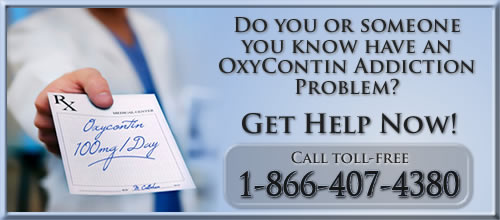OxyContin Addiction
- OxyContin Effects
- OxyContin Facts
- OxyContin Side Effects
- OxyContin Statictics
- OxyContin Treatment
- OxyContin Withdrawal
- OxyContin Crush
- OxyContin Dose
- OxyContin Drug
- OxyContin in the News
- OxyContin Lawsuits
- OxyContin Pill
- OxyContin Snorting
- OxyContin Withdrawal Stories
- OxyContin Information
- OxyContin Pictures
- Symptoms of OxyContin Use

OxyContin Statistics
OxyContin Statistics: Use & Abuse
- Addiction, abuse, crime, and fatal overdoses have all been reported as a result of OxyContin use.
- Those addicted to OxyContin report their daily dose of OxyContin is up to 500-mg.
- The 2004 National Survey on Drug Use and Health (NSDUH) OxyContin statistics revealed that 3,000,000 people over the age of 11 had tried OxyContin for a nonmedical purpose, and 615,000 people tried OxyContin for nonmedical use for the first time in 2004. However, oxycodone is in the public eye because it has widespread legal use, with 38,100,000 prescriptions in 2005, of which over 19% were for OxyContin.
- Statistics show that OxyContin abuse and OxyContin addiction cost Americans over $484 billion annually. This figure includes healthcare costs (and abuses of that system), lost job wages, traffic accidents, crime, and the associated criminal justice system costs.
- The rate of current OxyContin use among youths aged 12 to 17 declined from 8.2 percent in 2002 to 6.7 percent in 2006.
- In 2006, there were an estimated 731,000 current users of OxyContin aged 12 or older.
OxyContin Statistics: About the Drug
- OxyContin, approved by the FDA in 1995, is a time-released form of oxycodone. Oxycodone is an opium derivative, which is the same active ingredient in Percodan and Percocet.
- OxyContin is intended for use by terminal cancer patients and chronic pain sufferers.
- It has been reported that OxyContin sales exceeded $1 billion in the United States in the year 2000.
- The supply of OxyContin is soaring. Sales of OxyContin, first marketed in 1996, hit $1.2 billion in 2003.
- In February of 2002 several lawsuits were filed holding the makers of OxyContin responsible for people's addiction to the painkiller and a third complaint asking the court to restrict access to the drug.
- A dose of OxyContin for adults is usually started at one tablet every 12 hours at a dosage of 10-60mg. This dosage may be increased gradually if the patient develops a tolerance or is in extreme pain.
- Dosage rarely exceeds 160mg per day. OxyContin comes in 10mg, 20mg, 40mg, and 80mg dose tablets. Eighty milligram tablets are only prescribed for opioid tolerant patients.
- OxyContin is a Schedule II drug under the Controlled Substances Act (CSA), which includes legal drugs that are subject to the maximum amount of government control and regulation. The FDA approved OxyContin in 1995 and Purdue Pharma introduced the drug in 1996.
- In 2001, OxyContin was the number one opioid painkiller sold and in 2000, over 6.5 million prescriptions were written.
- OxyContin theft is becoming more and more of a law-enforcement problem, with over 2,000 OxyContin related crimes committed last year alone.
OxyContin Statistics: Health Hazards
- The powerful prescription pain reliever is rapidly becoming a hot new street drug that has resulted in more than 120 deaths nationwide.
- The OxyContin statistics released by the FDA reports that OxyContin may have played a role in 464 deaths across the U.S. between 2000 and 2001.
- OxyContin is blamed for almost 1,000 deaths per year – and that number continues to rise.
- Emergency room visits as a result of OxyContin use number in the "five figures" across the United States and two years ago topped 20,000 for the first time.
